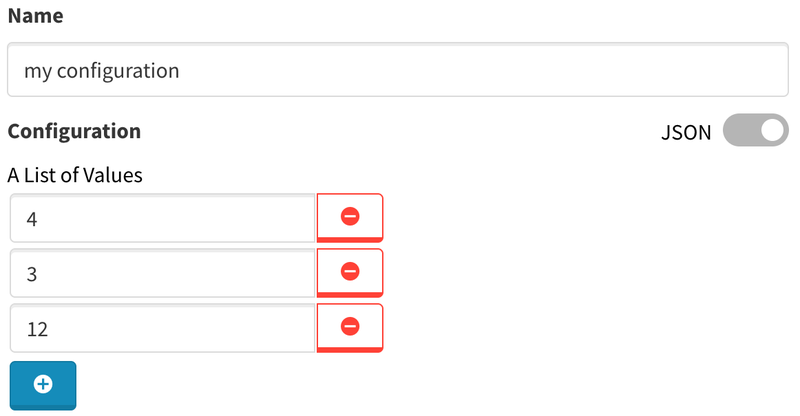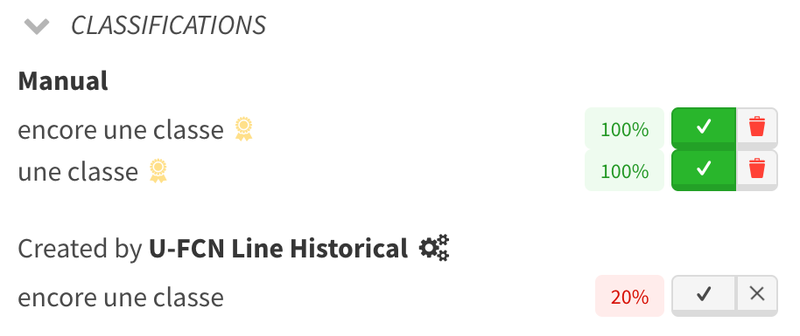A new release is available for Arkindex instances. You can test it on our demo instance: demo.arkindex.org.
You can learn more about Arkindex on its official documentation.
Workers
A new list type is now supported when creating user-configurable parameters for workers. For usage details and examples see the dedicated subsection of the Arkindex documentation.

It is now possible to archive worker configurations. Archived worker configurations can still be browsed in a dedicated tab in the configuration selection modal. Configurations can be archived or (re)enabled from this modal. Archived configuration have to be enabled before they can be used to configure a worker.

The configuration selection modal also now better handles a user attempting to create a configuration that already exists: if this happens, an error message gives the name of the existing configuration and allows selecting this configuration directly.

API
- Manually created transcriptions and transcription entities can now be retrieved directly using the
worker_version=Falsefilter with theListTranscriptionandListTranscriptionEntitiesendpoints. - The default ordering of elements retrieved with the
ListElementChildrenendpoint is nowposition(instead ofname), as was already the case in the frontend. - Elements are no longer duplicated in
ListElementChildrenresults when some of their parent elements have multiple parents. - The
ListSelectionandRemoveSelectionendpoints can now use a corpus filter.
Optimisations
- The
ListTranscriptionendpoint has be optimized to be much faster when therecursiveoption is used. - The
CreateElementParentandMoveElementendpoints have been optimized to be faster, especially when applied to elements that have children: theElement.add_parentoperation now uses raw SQL when the element already has an existing parent.
Deprecation
The ListElementEntities endpoint has been deprecated, and will be deleted in the next release.
Frontend
A confirmation modal has been added when attempting to delete a transcription from the details panel.

It is now possible to manually add a classification to an element even if the same classification has already been created on that element by a machine learning worker.
